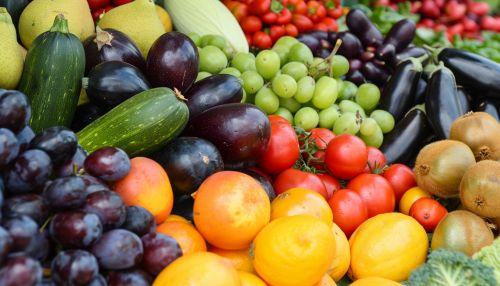Selective Breeding
Introduction
Selective breeding, also known as artificial selection, is a process used by humans to develop new organisms with desirable characteristics. Breeders select two parents that have beneficial phenotypic traits to reproduce, yielding offspring with those desired traits. Selective breeding can be performed with plants or animals, and can result in significant changes in the organism over time.


History
The concept of selective breeding was originally developed by prehistoric humans who began to domesticate plants and animals. Early farmers selected food plants with particular traits, and used selective breeding to enhance these characteristics. The process of selective breeding was later formalized by Mendel and his laws of inheritance.
Process
Selective breeding involves several steps. First, the desired traits must be identified. These traits can be physical, such as size or color, or they can be behavioral, such as the ability to herd animals or produce milk. Once the desired traits have been identified, breeders select two parents that possess these traits to reproduce. The offspring of these parents will then be evaluated, and those that best exhibit the desired traits will be selected for further breeding.
Types of Selective Breeding
There are several types of selective breeding, including inbreeding, outbreeding, line breeding, and crossbreeding.
Inbreeding
Inbreeding involves breeding individuals that are closely related, such as siblings or parents and offspring. This can increase the chances of offspring inheriting desirable traits, but it can also increase the risk of inheriting harmful genetic conditions.
Outbreeding
Outbreeding is the opposite of inbreeding. It involves breeding unrelated individuals, which can increase genetic diversity and reduce the risk of harmful genetic conditions.
Line Breeding
Line breeding is a form of selective breeding that involves breeding closely related individuals, but not as closely related as in inbreeding. This can help to maintain desirable traits while reducing the risk of harmful genetic conditions.
Crossbreeding
Crossbreeding involves breeding individuals from different breeds or species. This can result in offspring that have a combination of traits from both parents, which can be beneficial in certain situations.
Applications
Selective breeding has been used in a variety of applications, including agriculture, animal husbandry, and pet breeding.
Agriculture
In agriculture, selective breeding has been used to develop crops that are resistant to pests and diseases, have improved nutritional content, or are more suited to specific climates. Examples include the development of disease-resistant wheat and high-yielding rice varieties.
Animal Husbandry
In animal husbandry, selective breeding has been used to develop livestock breeds that produce more meat, milk, or wool. Examples include the development of high-yielding dairy cows and fast-growing chickens.
Pet Breeding
In pet breeding, selective breeding has been used to develop dog breeds with specific physical and behavioral traits. Examples include the development of dog breeds like the Labrador Retriever and the German Shepherd.
Ethical Considerations
Selective breeding has raised a number of ethical issues. These include concerns about animal welfare, genetic diversity, and the potential for unintended consequences. Some critics argue that selective breeding can lead to health problems in animals, while others worry about the loss of genetic diversity and the potential for the creation of organisms with harmful traits.
